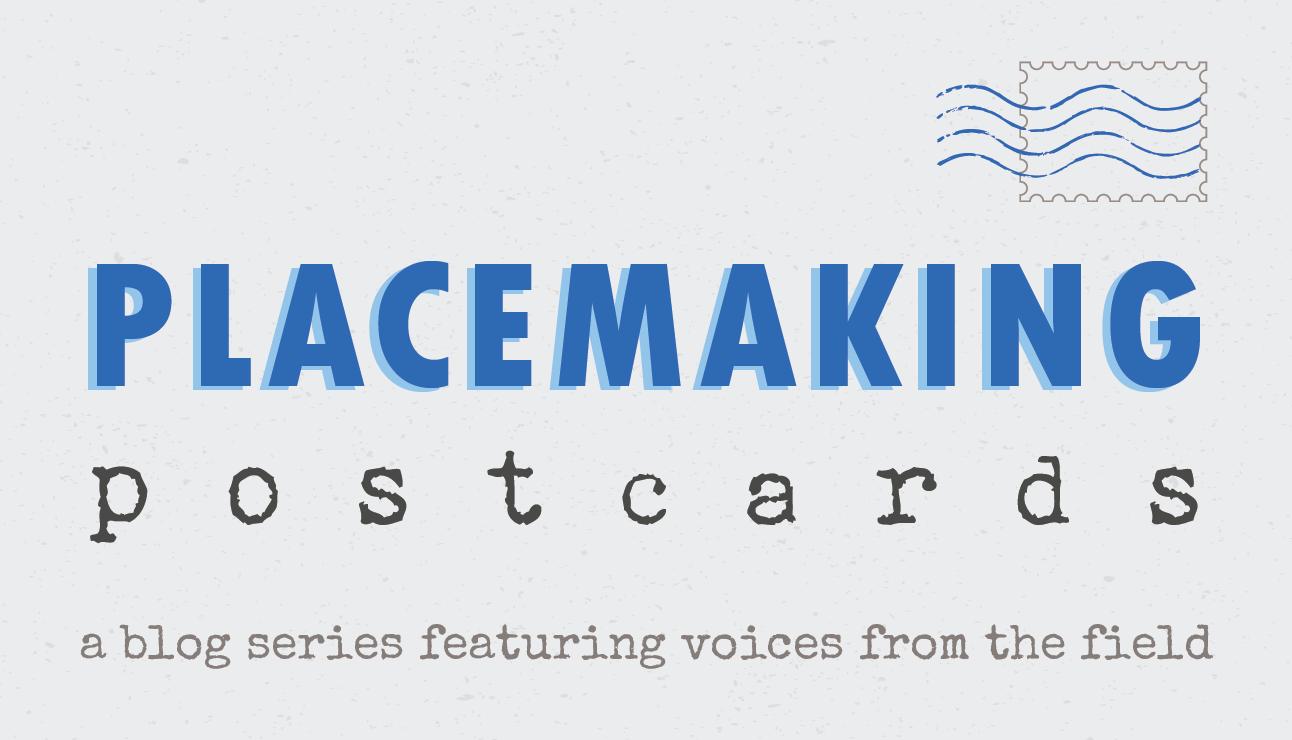Placemaking Postcards is a blog series from the Bass Center for Transformative Placemaking at Brookings where policymakers and practitioners guest-author promising placemaking efforts from across the U.S. and abroad that foster connected, vibrant, and inclusive communities. In line with the principle tenets of placemaking, the goal of the series is to recognize the community as the expert, highlight voices from the field, and to create a community of learning and practice around transformative placemaking.
Buffalo Bayou, a slow-moving waterway that runs through the center of Houston, is widely considered the city’s most significant natural resource. Over the past decade, the Bayou’s sector west of downtown has experienced renewed vibrancy as a result of placemaking interventions that created the 160-acre Buffalo Bayou Park, which features trails, play areas, a dog park, pavilions, and gathering spaces for residents to build community. However, the neighborhoods along the waterway’s eastern sector have not seen the same level of investment. These historically disinvested, majority-Black and Latino or Hispanic neighborhoods—the Greater East End and Fifth Ward—have long been physically separated both from the Bayou and each other by large industrial sites, poor street linkages, and limited connections across the waterway.
A concentrated effort is now underway to connect the Greater East End and Fifth Ward neighborhoods to the city’s critical natural asset, and provide residents with the many amenities that have long been available west of downtown. This blog tells the story of this journey, through the lens of my place governance organization, Buffalo Bayou Partnership (BBP).
Reuniting neighborhoods through public space
While much of BBP’s past revitalization work has focused on developing green spaces west of downtown Houston, the organization has slowly been acquiring property and building a nascent trail system along the waterway’s eastern sector. This work is driven by our deeply held believe that connected trails and green space contribute to quality of life for all.
In 2019, working with community leaders, civic entities, and other stakeholders in Buffalo Bayou East, BBP released the Buffalo Bayou East Master Plan. The plan aligned our nascent efforts on the east side into a unified vision to create a connected route across the waterway’s eastern and western edges and enable the circulation of pedestrians and cyclists across the city center.
BBP staff developed the plan around the core principles of connectivity, inclusivity, authenticity, and resiliency, which we then translated into five concrete action items:
- Create a public waterfront that is accessible to all
- Develop new publics spaces and connections that link BBP’s previous projects to planned Buffalo Bayou East destinations
- Pay tribute to Houston’s industrial roots
- Celebrate the rich culture of the Greater East End and Fifth Ward communities
- Connect the Bayou to the city’s public transit, bike, and pedestrian networks
An initial 10-year investment of $310 million—anchored by a catalyst gift of $100 million from the Kinder Foundation and substantial support from the city of Houston and Harris County—is enabling BBP to realize this vision.
Centering equity requires both institutional and on-the-ground transformation
As the Buffalo Bayou East Master Plan evolved into an active, multifaceted community revitalization effort, BBP realized that as a place governance organization, we needed to infuse principles of diversity, equity, inclusion, and accessibility (DEIA) into our organizational DNA to successfully co-lead the creation of equity-based spaces with community members and stakeholders from historically disinvested communities.
In 2020, BBP brought on a full-time community engagement manager, whose role is to organize community events, participate in public meetings, and get input about BBP’s continuing endeavors in the Greater East End and Fifth Ward. BBP also launched a DEIA committee led by board members with deep ties to the Buffalo Bayou East communities, in order to execute an inclusion plan that embeds equity within the entire organization, from hiring and programming to communications and project execution. These efforts were bolstered by technical assistance from the High Line Network’s Community First Toolkit.
As evidence of how the Buffalo Bayou East Master Plan seeks to embody DEIA principles, the first project in the plan to break ground was an affordable housing development in a BBP-owned, 18-acre bayou-front site that will help keep legacy residents in their changing neighborhoods over time. This initiative came directly from community input we received during our plan’s development, after residents expressed concerns about displacement.
A long-term vision for linking disinvested communities
At last, equitable development is now underway in Buffalo Bayou East, bringing investments, access, and growth to the long-neglected area. From the creation of park-front affordable housing to bringing connected trails, green space, and other valuable amenities to the Greater East End and Fifth Ward communities—implemented and executed by those with deep connections to those communities—our hope is that the Bayou can be leveraged to foster a more equitable urban core for the entirety of Houston.
The Brookings Institution is committed to quality, independence, and impact.
We are supported by a diverse array of funders. In line with our values and policies, each Brookings publication represents the sole views of its author(s).





Commentary
How Houston is connecting two disinvested neighborhoods to green space and amenities
February 15, 2023